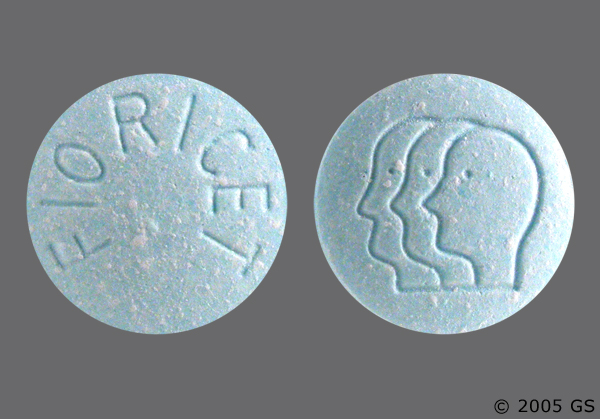Preventing the misuse or abuse of Butalbital, a medication commonly used for tension headaches, migraines, and other related conditions, involves several strategies:

- Prescription Control: Butalbital should only be prescribed by licensed healthcare professionals after a thorough evaluation of the patient’s medical history, current medications, and potential risk factors for misuse or abuse.
- Patient Education: Healthcare providers should educate patients about the potential risks associated with Butalbital, including its addictive properties and the dangers of misuse or overdose.
- Monitoring: Healthcare providers should closely monitor patients who are prescribed Butalbital, especially those with a history of substance abuse or addiction. Regular follow-up appointments can help assess the effectiveness of the medication and detect any signs of misuse or abuse.
- Limiting Supply: Prescribing Butalbital for short-term use and in limited quantities can help reduce the risk of misuse. Refills should be carefully monitored and provided only when necessary.
- Alternative Treatments: Consider alternative treatments for pain management, such as nonsteroidal anti-inflammatory drugs (NSAIDs), acetaminophen, physical therapy, relaxation techniques, or biofeedback, especially for patients at higher risk of misuse or abuse.
- Patient Screening: Healthcare providers should screen patients for substance abuse disorders and other risk factors before prescribing Butalbital. Referral to addiction specialists or mental health professionals may be necessary for patients with underlying addiction issues.
- Medication Management: Healthcare providers should avoid prescribing Butalbital to patients who are already taking other medications that depress the central nervous system, such as opioids or benzodiazepines, as this can increase the risk of overdose and respiratory depression.
- Storage and Disposal: Patients should store Butalbital securely, out of reach of children and individuals who may misuse or abuse it. Unused medication should be properly disposed of according to local regulations to prevent diversion.
- Community Awareness: Healthcare providers and community organizations can work together to raise awareness about the risks of Butalbital misuse and abuse, as well as available resources for addiction treatment and support.

 Fioricet is indicated for the treatment of muscle tension or muscle contraction headaches. It is also commonly prescribed for migraines although it is not FDA indicated for this use in the United States. The usual adult dose is 1-2 tablets every four hours as needed, not exceeding six tablets in a 24-hour period. An overdose can damage your liver or cause death. Tell your doctor if the medicine seems to stop working as well in relieving your pain.
Fioricet is indicated for the treatment of muscle tension or muscle contraction headaches. It is also commonly prescribed for migraines although it is not FDA indicated for this use in the United States. The usual adult dose is 1-2 tablets every four hours as needed, not exceeding six tablets in a 24-hour period. An overdose can damage your liver or cause death. Tell your doctor if the medicine seems to stop working as well in relieving your pain.